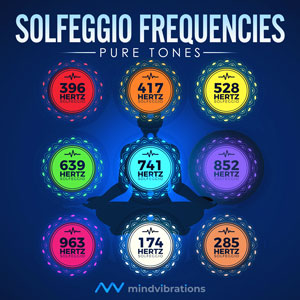Emotional stability refers to the capacity to maintain a consistent and balanced emotional state regardless of external circumstances or internal triggers.
Those who exhibit emotional stability possess the ability to regulate their emotions effectively, navigate stressors with composure, and manage challenges with a sense of self-control and equanimity.
The significance of emotional stability cannot be overstated.
Firstly, it enables you to cope more effectively with life's myriad fluctuations, ensuring that even in the face of adversity, you can maintain a sense of equilibrium. Furthermore, emotional stability contributes to healthier and more harmonious relationships. Those who possess emotional stability are less likely to react impulsively or disproportionately, fostering improved communication and understanding in their interactions.
Emotional stability also plays a pivotal role in decision-making. By reducing the influence of fluctuating emotions, individuals can make more rational and well-considered choices, aligned with their long-term goals and values. Moreover, this quality is closely tied to mental health. Emotional stability acts as a protective factor against conditions like anxiety and depression, promoting a positive outlook and reducing emotional distress.
In addition to its impact on mental well-being, emotional stability has positive ramifications for physical health. By mitigating chronic stress and emotional turmoil, you can experience better overall physical health and vitality. This state of emotional equilibrium further enhances productivity and concentration, allowing for better task management and focused efforts. Moreover, emotional stability fosters resilience—the ability to rebound from setbacks and continue progressing toward one's aspirations.
Interpersonal skills are also enriched by emotional stability. Those who possess this quality are better equipped to navigate conflicts with empathy, patience, and a balanced perspective. Furthermore, emotional stability enhances adaptability, facilitating a smoother adjustment to new circumstances and changes in life.
How the Inner Calm Meditation Can Help
The 741 Hz frequency is said to liberate us from emotional constraints, helping foster a healthier and more balanced emotional state. It is the frequency of problem solving, both in terms of internal healing and our external circumstances.
- The Inner Calm meditation uses the 741 Hz frequency tuning to promote emotional stability through several mechanisms:
- Stress Reduction: Its relaxation properties aid in effective stress management, minimizing extreme emotional reactions during challenges.
- Emotional Release: Helps release emotional blockages, facilitating a balanced emotional state.
- Neurological Influence: Positively impacts neural pathways, helping to enhance emotional regulation and leading to greater stability.
- Promotes Positivity: Tied to positive transformation, it cultivates optimism and a stable emotional mindset.
- Self-Awareness: Fosters greater self-awareness, enabling effective emotion management.
Incorporating the Inner Calm meditation music into your listening routine can aid in achieving emotional stability by creating a conducive mental environment for relaxation, self-awareness, and positive emotional transformation. It provides a tool to recalibrate emotional responses and cultivate a more balanced and composed state of mind, ultimately contributing to greater emotional stability.
How to Use the Inner Calm Meditation
To make the most of the Inner Calm meditation music, find a quiet and comfortable place where you won't be interrupted. You can sit on a chair or lie down on a comfortable surface.
Play the music on a device with a comfortable volume.
As the music starts, take a few deep breaths to relax. Focus on your breath, inhaling and exhaling naturally.
Let go of any tension or worries as you listen to the soothing sounds. If your mind wanders, gently bring your attention back to your breath and the music. You can imagine a peaceful place like a beach or a forest if you want.
When the music ends, take a moment to gradually come back to your surroundings. Reflect on how you feel after the meditation.
For the best results, try to do this regularly, maybe every day or a few times a week. The goal is to feel calmer and more balanced through this simple practice.








